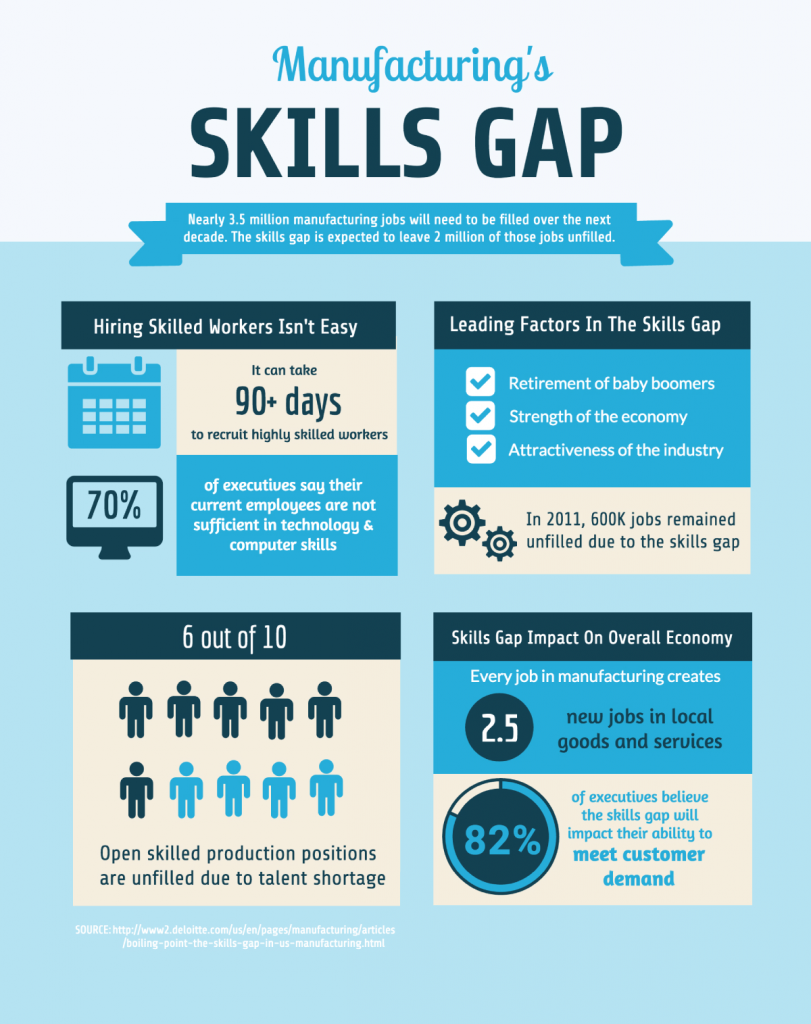There was no guarantee that an applicant who performs well in the qualifying rounds showcased the same attributes in performance as an employee. With AI, this is changing fast.
A skill gap is a difference between skills offered by the applicants or employees and the skill sets wanted by the employer. Skills are a bridge between what the role demands and the output an applicant is capable of providing. Identifying skill gaps helps the recruiter to either filter out the applications in the initial screening or design necessary training programs to bridge the gap.
Failing to provide the desired proficiency to meet the set goals may result in the organisation performing poorly in the competitive market. Assessment of the potential of the applicants and employees involves identifying skill gaps through technical assessment.
Analysis and Assessment of the Skill Gap
Skill gap analysis, as a medium can be used to evaluate the difference between existing skills and the skills that are required to be assimilated by the employees to stay on par with the demands of the organization. Analysis of the skill gap helps garner insights into different departments of the organization and their workforce.
Providing training to the employees to fill the gaps and creating a platform for career development is a motivation for employees that results in increased productivity. The HR team can use it as an opportunity to hone the skills further and use them strategically for contributing to the progress of the organisation and staying relevant.
Going beyond the conventional form of technical assessment, Artificial Intelligence (AI) has added value in bridging the skill gap. There are multiple ways where AI can be used in the technical assessment.

Candidate Sourcing with AI: The first level of skill gap identification
With multiple recruitment portals and social platforms, talent acquisition managers are bombarded with hundreds of applications. Scanning and sorting a large number of candidates is a time-consuming and resource-intensive process. Organisations can use AI-embedded platforms like Oto_Code to weed out the candidates who do not have the necessary skill sets.
Today, several candidates get ignored because the HR team does not have enough time to scan resumes and identify the right candidates. A tool like Oto_Code can do it in a few clicks. This not only saves time for the HR, but it also makes use of the existing pool of applicants to get the right profiles without incurring additional costs.
AI in the recruitment process
Once the applications are shortlisted, the organisations can use AI to hold technical assessment. The tool can evaluate the candidate’s coding capability on code reliability, maintainability, scalability, performance, code quality, and test cases. It can assign a score like the GCVS score of Oto_Code which helps in filtering or selection.
This is the second stage where skill gaps are reduced by filtering out non-relevant and non-scalable skill sets.
Live real-time pairing video interviews integrated with AI capabilities such as facial recognition, plagiarism check, et al., are now taking the recruitment process into a whole new realm. Such technical assessment tests auto-generate results that highlight the skill gap in real-time with an easy to read and understand dashboard.
AI in employee evaluation: Reducing the skill gap among employees
Assessing employees at a regular interval helps the organisation identify the skill gap and strategically work on providing relevant training to the employees. This would not only keep the employees updated with the latest skills, but will also enhance the output.

Continuous evaluation and up-gradation of the skill are vital in the years to come. Organisations and employees who do not stay with the flow will be eventually lost in the competition.
- Embracing Agility and Inclusion: The Power of a Skills-First Approach in Talent Management - August 14, 2023
- How to Reduce Time to Proficiency and Measure Onboarding Effectiveness - August 10, 2023
- Unleashing the Power of AI: Transforming Learning and Development in Your Organization - August 1, 2023

